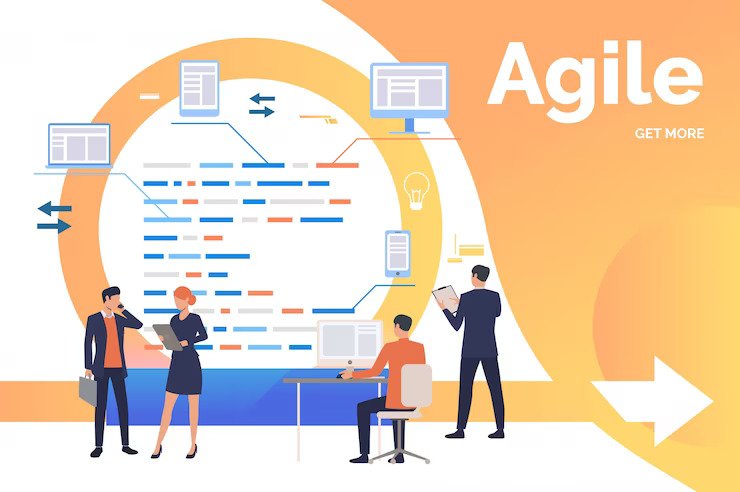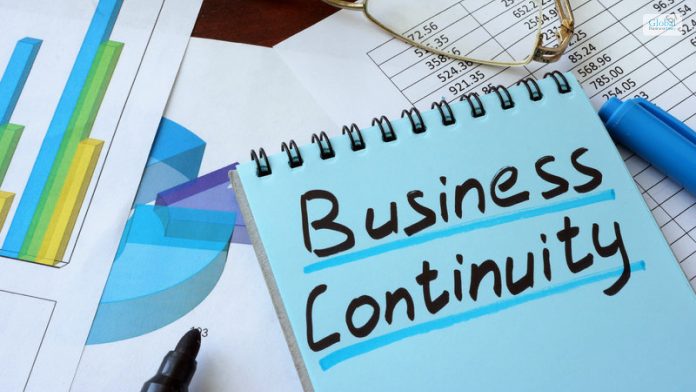Why Agile Consulting Is Important

TCGen is a leading provider of agile consulting services and transforms organizations of all sizes and any industry.
Regardless of what and how the consulting area is, the approach of TCGen starts with an efficient and thorough assessment of an organization’s needs and follows it with focused training for team members and their managers.
Agile consulting reduces the time it takes businesses to deliver new products and services. While the main goal of businesses is to improve their sales projections, delivering products in a timely fashion is a critical factor.
Through an agile business model, businesses improve their efficacy and deliver products, meeting customer expectations quicker than ever before. Whether a business is trying to improve its processes to deliver products promptly or they are simply trying to solve a customer problem, an Agile consultant can offer valuable feedback to an organization.
Reduce Market Time
Agile consulting helps businesses reduce the time it takes to market a product. Such reduction allows companies to work faster than the competition and quickly respond to the rapidly changing market.
Agile consulting is a flexible approach that can help organizations deliver products and services more efficiently. Breaking down projects into smaller, manageable chunks and continuously testing and refining the work as it progresses allows corporations to reduce products’ time to market.
Improve Stakeholder Outcomes
Improved stakeholder outcomes are another crucial factor that organizations can improve with the help of an agile consultant. TCGen’s consulting services can help achieve this as they promote the involvement of stakeholders in the development process. This helps ensure that the final product or service meets the needs and expectations of stakeholders, allowing them some ownership in the process.

Meet Customer Needs
Meeting customer needs and increasing their happiness is critical for organizations that want to work better than their competition. TCGen’s consulting services can help achieve this by promoting a customer-centric approach, involving customers in the development process, and improving the products as it evolves. This means that customer satisfaction is improved and the final product can generate higher sales.
The Process
The first step in TCGen’s approach is identifying the several pain points holding an organization back. This typically includes issues with a product definition, product mindset, delays, and missing financial or impact goals. Identifying these pain points allows TCGen to work with organizations and agree on goals and KPIs, prioritize implementing agile capabilities, and select a small number of agile practices to embed in the company’s culture.
Once the goals and KPIs have been agreed upon, TCGen helps transform organizations through best practices in change management. This involves working with the organization to establish and socialize agile practices. When agile practices are established, TCGen can help organizations add to and improve their systems.
To ensure that organizations are left with new capabilities that employees will be able to use going forward, TCGen typically pairs up with a senior-level individual contributor. This is not a full-time assignment, but it is given a high priority.
TCGen’s approach to program management will show organizations how to implement agile projects, using sprints, user stories, kanban, and backlog management as required. With TCGen’s agile coaching, organizations can embed these practices throughout the company and achieve their goals.
TCGen’s approach to agile transformation is comprehensive, flexible, and tailored to the specific needs of each organization. Identifying pain points, agreeing on goals, and working with organizations to achieve their transformation allows TCGen to help organizations to achieve more and stay ahead of the competition. If you want a partner to help you achieve your agile transformation, consider working with TCGen’s Agile Consulting.
Read Also:













